The rubber tree (hevea brasiliensis) is indigenous to the Amazon forests of Brazil. The mature trees in its native habitat are about 25-30 metres tall with average girth of greater than 1 metre at breast height. Rubber plantations have existed for hundred of years in tropical countries. These plantations have been used mainly for the production of latex. The tapping of latex begins at about year 6 and is continued up to about 25 years after planting. After the economic life of the rubber tree, which is generally 25-30 years, the latex production become uneconomical , and should be replanted. The planters then fell the rubber trees and plant new ones. This eco-friendly rubberwood is an excellent timber to use for furniture and components.  Merkusii Pinewood
This species can be found at altitudes between 150 m and 650 m. Usually found at the south earth. A tree, 30-50 (70) m tall with and open crown and level to upcurved branches, the crown changing from conical to rounded as the tree ages. Planted trees are tapped for resin. At year 10 the resin can be yield. The crude resin is almost entirely used for the distillation of Oil of Turpentine and Rosin. Oil of Turpentine is a good solvent for many resins, waxs, fats, caoutchouc, sulphur, and phosphorus, and is largely employed in making varnish, in oil-painting, etc. Usually the economic life of the pinewood is 20-25 years and should be replanted. Because of environmentally-friendly process, merkusii pine become the most important general timbers that have been used extensively in the production of furniture and components.  |
Synonym : Pinus tonkinensis A.Chev.
Pinus merkusii Jungh. & de Vriese var. tonkinensis (A.Chev.) Gausen
Common name : Black pine, 2-needled pine
Diagnostic characters : | Pine with 2 needles per bundle. Fruit a cone. |
Habit : | Evergreen tree up to 30 m tall. |
Trunk & bark : | Bole straight, bark dark grey or blackish, deeply fissured, scaly. |
Branches and branchlets or twigs : | Twigs terete, glabrous. |
Exudates : | Exudate resinous. |
Leaves : | Stipules absent. |
Inflorescences or flowers : | |
Fruits : | |
Seeds : |
Habitat and ecology :
Characteristic of the dry pine forest up to 1000 m altitude.
Burma (Myanmar), China (South), Indochina, Indonesia (Sumatra), Philippines, Thailand, Laos (Khammouan).
Remark/notes/uses :
Some texts restrict the distribution of Pinus merkusii to the Philippines and Indonesia; populations in mainland South East Asia, including those in Lao PDR are then referred to as Pinus latteri Manson.
Uses:
The wood is very valuable for construction, flooring and boats. The resin is used in paints and for various medicinal purposes.
There are two other species of Pinus known from Lao PDR:
Pinus kesiya has 3 needles and is mainly found in northern Lao at altitudes above 1000m.
Pinus dalatensis has 5 needles and is known from high parts of Xekong and Khammouan along the border with Vietnam.
Eco Friendly...
PT. MBJ understands that the earth’s environmental balance is important. Thus our products are made from carefully selected logging and eco-friendly plantation timber.
 |
Saw Mill
Logs should free from any visual defects, such as resin pocket, resin streak, bark pocket, flaws, decay, rough grain, etc. After selection, the logs are shaped to be lumber blocks and then ripped and cut up to the specified size. To attain high-endurance wood products, the sawn timber should perform vacuum impregnation process and kiln drying process.


Moisture Content (MC)
Because the correct seasoning of timber is so critical to ultimate glueline performance as well as long term stability, MC checks are carried out at various stages of the process. Different species will determine the initial specified MC: for successful gluing and many tests are done in the laboratory to determine the best MC or machining/gluing regime in order to ensure ultimate performance. MC testing is done by pin electronic moisture meters, both on surface and internally. The aim ultimately, is to ensure that the total product is at Equilibrium Moisture Content (EMC) when the manufacturing is complete. It means that the external ambient humidity and the internal timber MC are balanced and in harmony. Generally, the MC is 12% or less.

Timber Grading
The rough timber laminates are checked for defects. Those that are obvious and go through the piece are docked out. Timber is also checked for conformance to the specifications required to obtain the eventual required finished laminate size. To go through timber grading PT. MBJ has competent grader that holds certification from Balai Sertifikasi Penguji Hasil Hutan (BSPHH) – Ministry of Forestry, Republic of Indonesia.
Fingerjointing
Where it is difficult to obtain long length laminates adequate for the range of lengths required, fingerjointing of laminates is required. This produces a strong joint that holds the pieces together for the machining and gluing processes. It is also utilised to join pieces together after any observed defects are docked out. PT. MBJ has both Structural and Decorative Fingerjointing Lines.


Moulding/Machining
The next process takes the laminates in the rough through a moulding machine. The moulder cleans all four sides of the laminate to exact tolerances. Speed of machining is critical, as too fast will create a slightly uneven surface which will show too large a glue line later, and too slow a speed will burn the wood. PT. MBJ’s state of the art Weinig and Wadkin moulder has six and eight cutting heads, which in addition to machining all four sides of each laminae a bank of saws can be placed on one of the horizontal heads. These saws can be set so as to rip wide timber to one or more pieces in order to produce the laminae sizes required for the specific dimension.


Glue Spreading
From the pre-conditioning room, laminates are fed on a conveyor through one of the glue spreaders. Glulam beam is glued with Zero Formaldehyde Resin. It is fully waterproof and has proven long-term performance. Accurate glue mixing machines and scales are used to ensure correct catalisation. The glue is then fed into hoppers mounted at the top of the glue spreader, which spreads the glue at a predetermined rate and consistency.
Pressing
PT. MBJ only use 'cold presses'. Our presses utilise clamps that are tightened to pre-determined torque settings dependant on the density of the species being glued. Spacing between clamps has also been designed to ensure equal pressures along the length of the boards being pressed.


Sanding
Boards are through a series of AMITEC Wide-belt Sander which take the surface to 180 grit or as buyer specification.


Testing

Species Suitablity
Prior to selection of a species for gluing, various trials are undertaken to determine performance, adhesion and longevity. This process ensures that timbers that are difficult to glue, have poor stability characteristics, or display drying or defect problems, are not released into the marketplace where future problems may ultimately show themselves.
Proof Testing
Various tests are done as part of the PT.MBJ Quality assurance program to ensure the product meets relevant Japanese standards, and some of the more rigorous criteria established by the PT.MBJ laboratory team. These tests are done on pieces cut from actual production slabs, and records are kept of results and processing batches.
- Block shear test - this measures the strength of the fingerjoints by putting stress on the joint until breakage occurs.
- Boil/Water resistance test - 72 hour boiling water immersion test to determine suitability to high humidity and long term water exposure.
- Moisture Content test - finished pieces are again checked for accurate moisture content by "Oven Dry" method.
- Solvent resistance test - after allowing full glueline cure, various solvents and chemicals are used to saturate the surface to determine overall resistance.
- Glue Quality checks - Glue batches are tested and recorded for 'Use by dates' and viability.
THE RANGE OF THEIR PRODUCTS AS FOLLOWS :
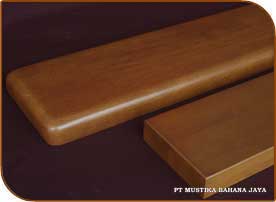 | 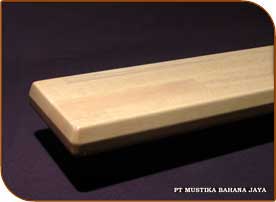 | |
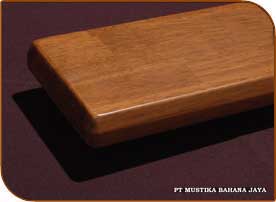 | 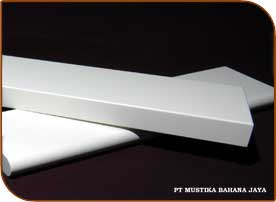 | |
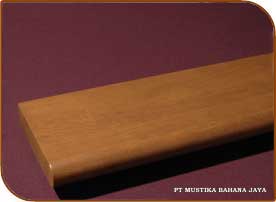 |

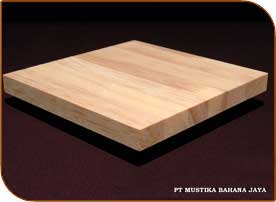 | 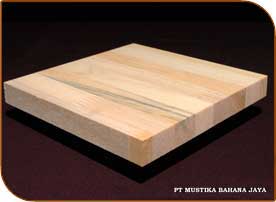 | |
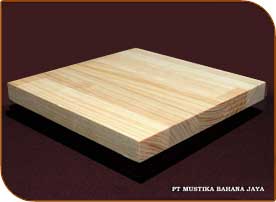 |








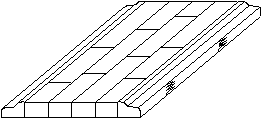
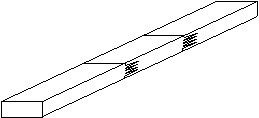
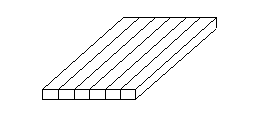
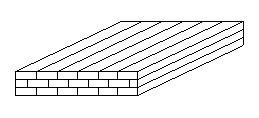
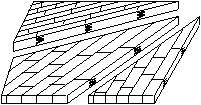


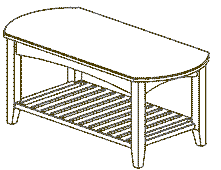
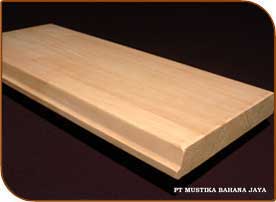
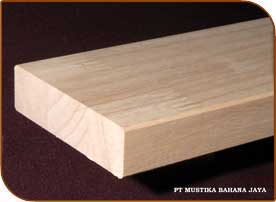
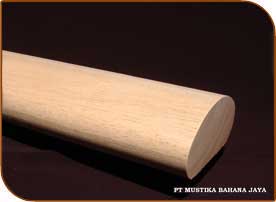
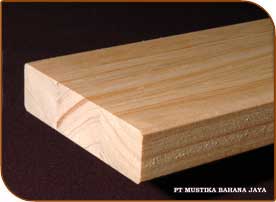

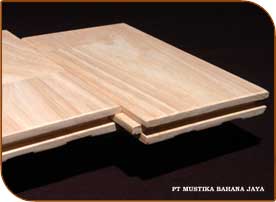
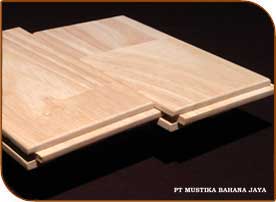
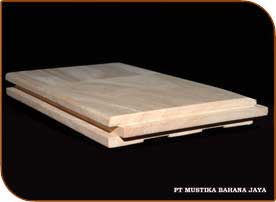
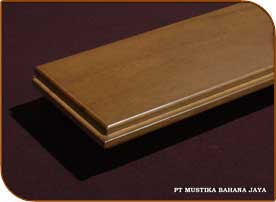
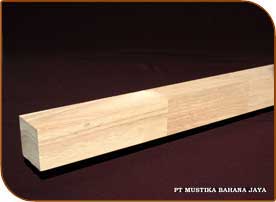
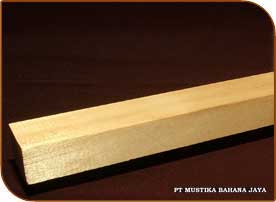
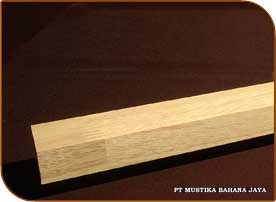
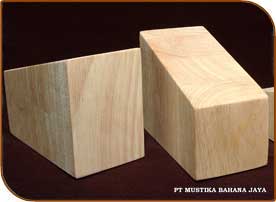
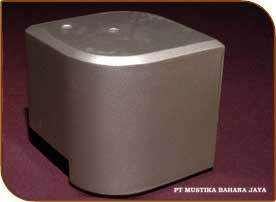
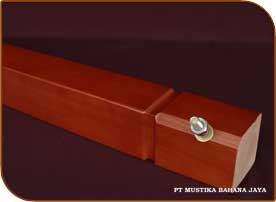
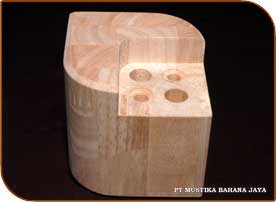
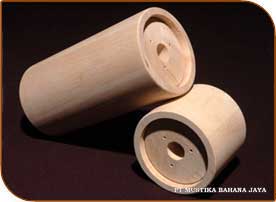
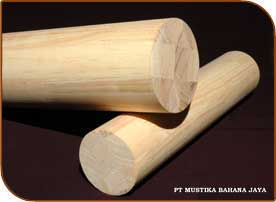
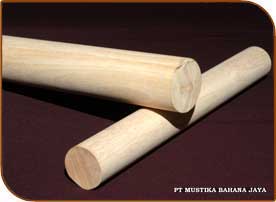
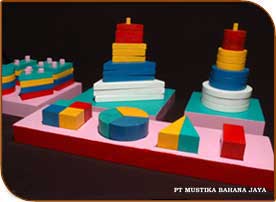
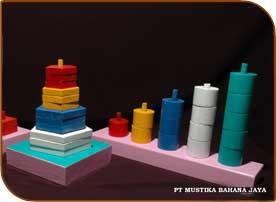
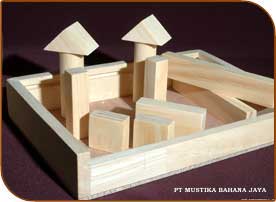





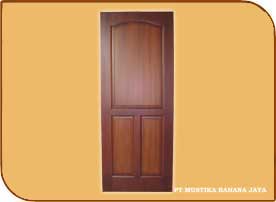

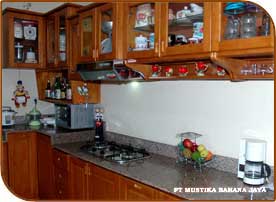
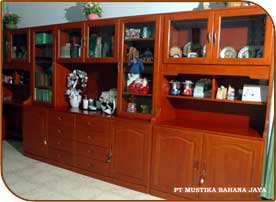
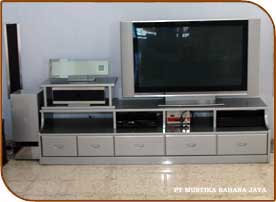
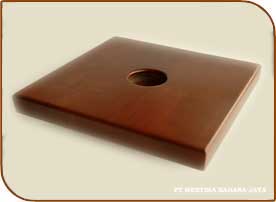
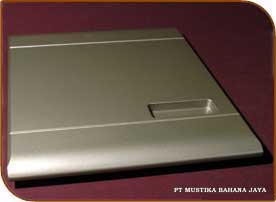
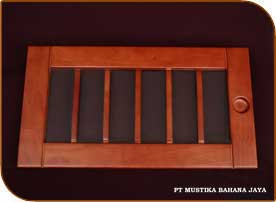
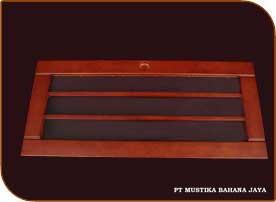
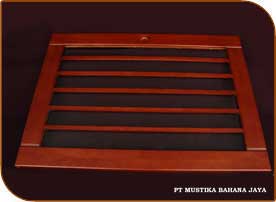
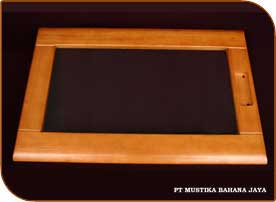
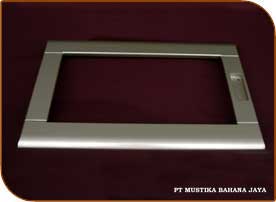
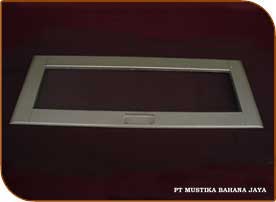
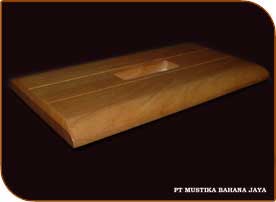
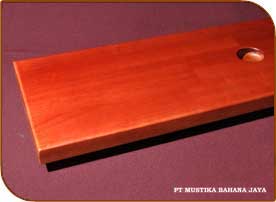
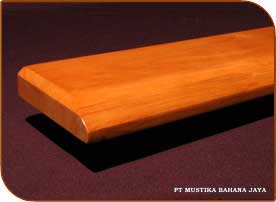
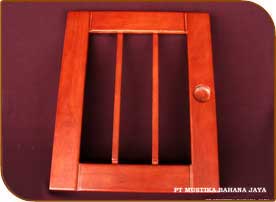
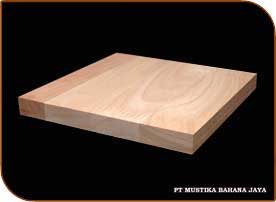
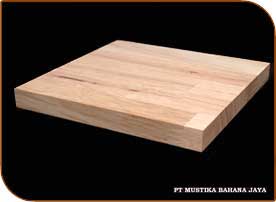
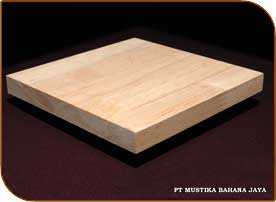
No comments:
Post a Comment